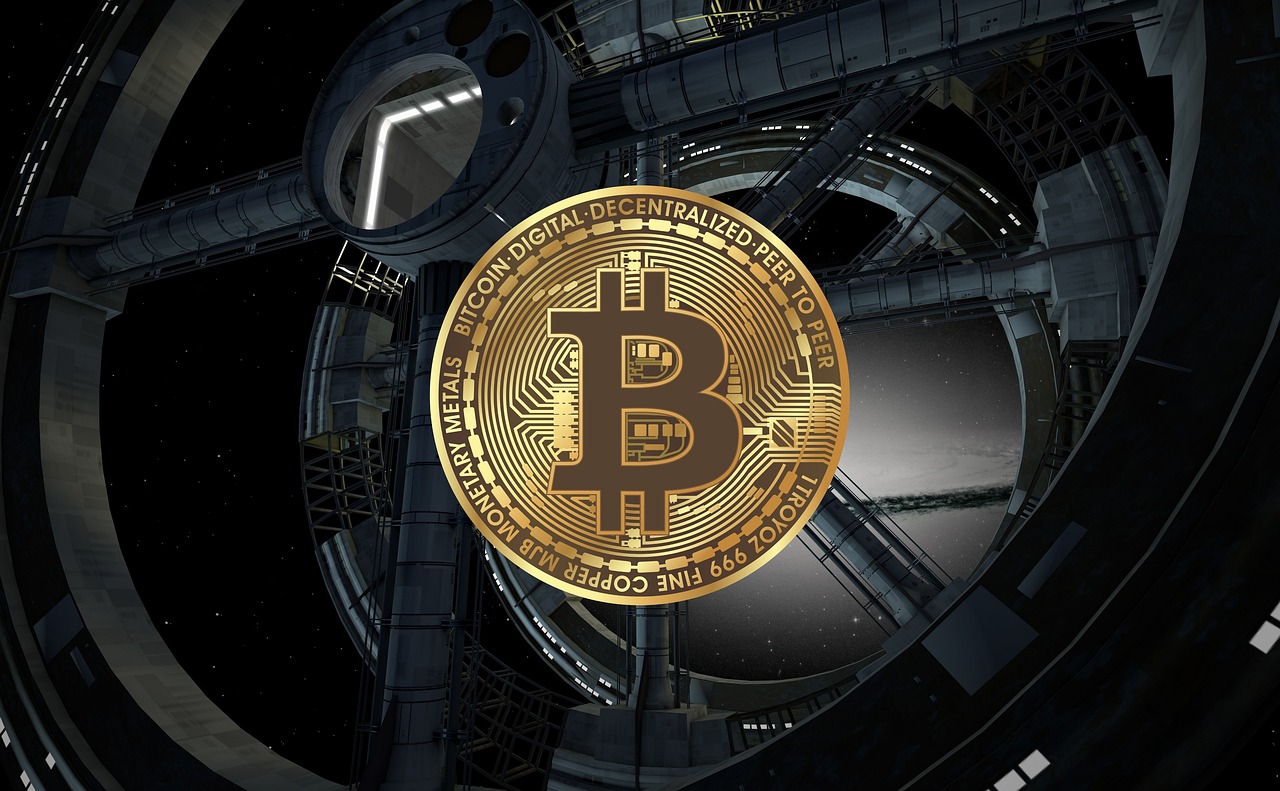Bitcoin at Risk of $46,000 Drop: Expert Warns of Major Price Shift
06.09.2024 20:00 2 min. read Alexander Stefanov
Thursday's crypto market witnessed a significant shake-up, with $100 million in liquidations recorded in just one day, primarily impacting long positions.
This fresh wave of instability has sparked a search for expert opinions to make sense of the current situation. Renowned trader Peter Brandt, who has been a fixture in the financial world since the 1970s, has offered his analysis on Bitcoin’s trajectory.
This is called an inverted expanding triangle or a megaphone. A test of the lower boundary would be to 46,000 or so. A massive thrust into new ATHs is required to get this bull market back on track $BTC
Selling is stronger than buying in this pattern pic.twitter.com/ekDZUJXXgd— Peter Brandt (@PeterLBrandt) September 5, 2024
Brandt has observed what he describes as an “inverted expanding triangle” or “megaphone” pattern in Bitcoin’s price chart. This pattern suggests that Bitcoin could potentially drop to around $46,000, given its current price of $55,500.
If this pattern holds true, a 17% decrease could be on the horizon. On the other hand, Brandt highlights that for a significant bullish turnaround, Bitcoin would need to reach approximately $74,000.
This represents a 32% increase from its current value, which Brandt sees as crucial for a positive shift in market dynamics.
In summary, Brandt indicates that the current market is more influenced by selling pressure than buying interest, and the extent of this trend will become clearer in the near future.
-
1
Metaplanet Raises $515M in First Step Toward Massive Bitcoin Accumulation
25.06.2025 20:00 1 min. read -
2
Trump-Linked Truth Social Pushes for Bitcoin-Ethereum ETF as Crypto Strategy Expands
25.06.2025 19:00 2 min. read -
3
Bitcoin Hashrate Declines 3.5%, But Miners Hold Firm Amid Market Weakness
27.06.2025 21:00 2 min. read -
4
Bitcoin’s Price Closely Mirrors ETF Inflows, Not Corporate Buys
26.06.2025 11:00 2 min. read -
5
Crypto Company Abandons Bitcoin Mining to Focus Entirely on Ethereum Staking
26.06.2025 20:00 1 min. read
Bitcoin Outlook: Rising U.S. Debt and Subdued Euphoria Suggest More Upside Ahead
As Bitcoin breaks above $118,000, fresh macro and on-chain data suggest the rally may still be in its early innings.
Analysis Firm Explains Why Bitcoin’s Breakout Looks Different This Time
Bitcoin’s surge to new all-time highs is playing out differently than previous rallies, according to a July 11 report by crypto research and investment firm Matrixport.
Bitcoin Reaches New All-Time High Above $116,000
Bitcoin surged past $116,000 on July 11, marking a new all-time high amid intense market momentum.
Peter Brandt Issues Cautious Bitcoin Warning Despite Bullish Positioning
Veteran trader Peter Brandt has weighed in on Bitcoin’s recent price structure, offering a nuanced take that blends cautious skepticism with long-term conviction.
-
1
Metaplanet Raises $515M in First Step Toward Massive Bitcoin Accumulation
25.06.2025 20:00 1 min. read -
2
Trump-Linked Truth Social Pushes for Bitcoin-Ethereum ETF as Crypto Strategy Expands
25.06.2025 19:00 2 min. read -
3
Bitcoin Hashrate Declines 3.5%, But Miners Hold Firm Amid Market Weakness
27.06.2025 21:00 2 min. read -
4
Bitcoin’s Price Closely Mirrors ETF Inflows, Not Corporate Buys
26.06.2025 11:00 2 min. read -
5
Crypto Company Abandons Bitcoin Mining to Focus Entirely on Ethereum Staking
26.06.2025 20:00 1 min. read


